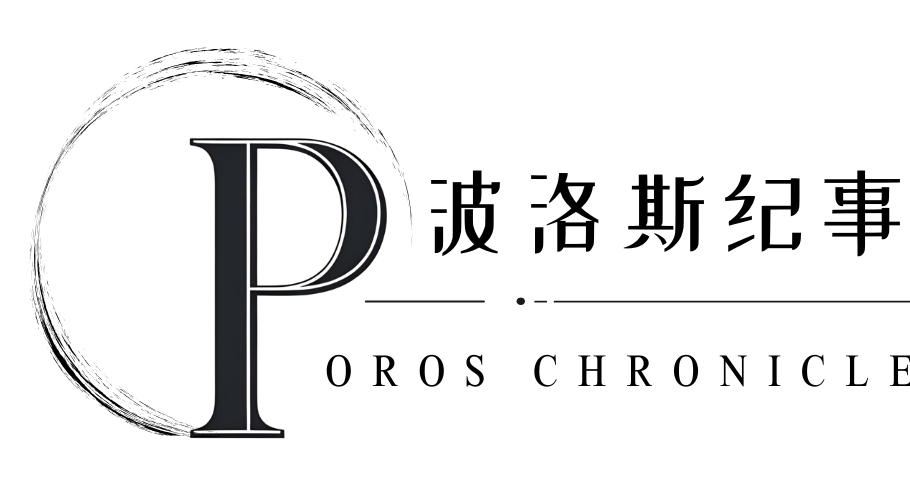Despite a series of restrictive policies under the Trump administration—including tighter visa screening, limits on students from certain countries, and increased security reviews—international PhD enrollment at U.S. universities has remained remarkably stable. A Nature report published on 7 November 2025 notes that approximately 1.3 million international students are studying in the U.S. or participating in the Optional Practical Training (OPT) program this academic year, virtually unchanged from the previous year. Among these, international PhD students have numbered around 200,000 since 2020, demonstrating an unexpected degree of short-term resilience.
The Student and Exchange Visitor Information System (SEVIS), maintained by the U.S. Department of Homeland Security, tracks international students enrolled in U.S. institutions and recent graduates participating in OPT. OPT has long served as a critical pathway for bringing global research and engineering talent into the United States, feeding major companies such as Amazon, Google, and Microsoft. Its importance is particularly pronounced for PhDs in STEM fields: between 2010 and 2022, roughly 76% of STEM PhD graduates participated in OPT. SEVIS data show that the total number of doctoral students for the 2025–26 academic year remains around 200,000, virtually unchanged from the previous year, highlighting what Nature describes as “surprising stability.”
Experts say this short-term stability largely reflects the inertia of university admissions cycles. PhD applications and enrollments typically span two to three years, meaning current enrollment figures primarily reflect decisions made years ago rather than the immediate effects of policy changes. “Numbers hold steady for now, but policy shifts could change that picture quickly,” one higher-education analyst told Nature. The implication is clear: the current stability may be temporary, and policy changes in the coming years could significantly affect international PhD flows.
Trump-era policy changes have imposed real pressures on students. Some university labs reported delayed research staff onboarding due to longer visa processing times, forcing adjustments to project schedules. Universities have mitigated some of these effects by offering deferred enrollment, remote research options, and temporary online arrangements for students affected by visa delays. While such measures provide short-term relief, they cannot fully offset the long-term uncertainty stemming from policy and global developments.
OPT is especially crucial in STEM, serving not merely as a post-graduation internship but as a vital bridge between academic training and industry needs. Many STEM PhDs enter high-tech companies, national laboratories, and startups through OPT, contributing to research, development, and innovation. Any disruption to OPT participation would affect career pathways and could ripple through research output and innovation capacity.
Beyond overall stability, the report notes subtle shifts in certain top-tier programs or disciplines. Labs heavily dependent on international PhDs could face staffing shortages or research delays if visa processing slows or OPT policies tighten in the coming years. SEVIS data provide a reliable window into enrollment trends, but the lag effects and policy sensitivities behind the numbers require continued scrutiny.
Scholars and administrators stress that U.S. research resilience partly stems from flexible admissions and program arrangements, but there are limits. Institutions have responded by communicating proactively with students, adding contingencies for visa delays in offer letters, providing short-term remote research options, and spreading risk through inter-university collaborations. Yet these measures offer only temporary buffering and cannot replace steady international talent flows.
The ongoing stability also underscores the complexity of global talent competition. As countries such as Canada, European nations, and Australia offer more favorable visas and research funding, the U.S. may face increasing competition for top PhD talent. While numbers remain steady for now, policy shifts, international relations, and funding uncertainties could quickly change the picture.
Overall, despite restrictive Trump-era policies, international PhD enrollment in the U.S. has not experienced major short-term declines, demonstrating the resilience of the higher-education system. SEVIS data confirm temporary stability, but lag effects and potential policy risks cannot be ignored. In the years ahead, maintaining the U.S.’s role as a hub for PhD training and high-level research talent will depend on visa policy, OPT program management, and institutional and governmental strategies to support international student flows.
Reference: Dan Garisto (2025, November 7). International PhD student numbers in US hold steady — for now. Nature News. www.nature.com/articles/d41586-025-03653-w
